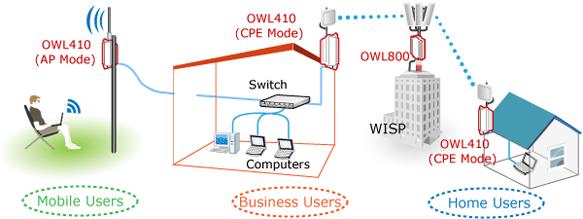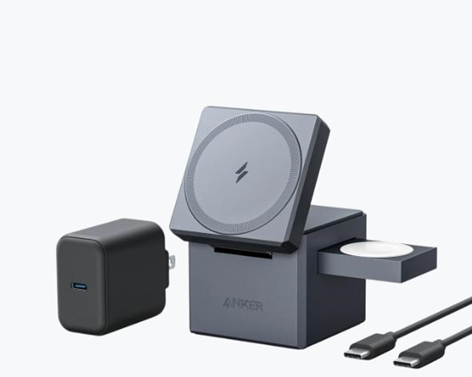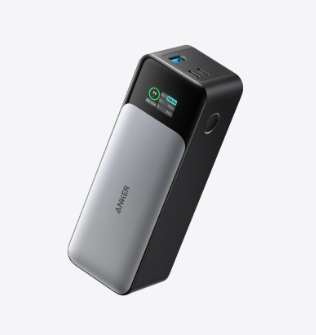WiFi base station
Product Features
A real WiFi base station should have the following most significant features:
1. Support multi-core, multi-band (2.4G, and 5.1- 5.8g) You can do WiFi signal coverage and long-distance transmission to meet different business needs and applications in various environments.
1. When making a WiFi signal overwriting the business, three or four cores can be applied to 2.4G segments, and the different angle antennas can be flexible to target the floor building of different structures. Override, enabling the covered building signal to the best state.
2, when remote from the data outlet, it is necessary to make a WiFi signal coverage, in which case the uplink data does not have a good access point, and it is impossible to walk in the air. At this point, a core application of the WiFi base station can be applied to the 5.8G band CPE and the data outlet docking (can transmit 1-15km), the remaining two or three core applications at 2.4G Make WiFi signal coverage. This makes it more flexible in the position of the WiFi base station, and better meets the signal coverage of long-distance buildings. In a data export point, the cell can be better able to extend the coverage signal, and the simple device can make the WLAN service override more and more and large to improve the user's access.
two, high bandwidth, high power meets multiple users' access.
1, the high bandwidth of the WiFi base station, the net rate reaches 50m or more. If a device called the base station is only 20m, how can you meet multiple users access, if this can, it is not more simple to purchase a lot. We all know that if each access user to the base station is assigned 1M bandwidth, the ordinary device can only have about 20 users, which does not differ from the AP, and such devices can only be called a pseudo base station. The true base station bandwidth is more than 2-3 times higher than the capacity of the AP to meet a large number of user access, and the number of access to the user around the base station can be satisfied without increasing the device.
2, general community or office building structure is more complicated, from 3-7 wall wall, depending on the principle of attenuation of wireless transmission, a layer of ordinary wall will attenuate 3DBI signal (that is, wireless device total output Half of power), the equipment is small, and there is no signal after a two-layer wall. Really WiFi base station, can be used with high-power (1-5W), so that after penetrating the three-layer wall, Also allow the terminal device to receive signals, users can access the Internet normally. This allows users to serve users without increasing the device.
The above functions are not a single core device. In addition, WiFi base station software has better expansion performance, which can be more comfortable with computer room equipment.
Accessibility
web landable redirection

radius mac authentication
SMTP redirection
static And dynamic white-black list
Radius client supports multiple authentication and billing RADIUS server
supports failure and blocking mode RADIUS accounting homes
Radius authentication user ends
supporting the failure mode Support for RADIUS, DHCP, and NAT setting
Wisp Raidus property support for each user, dynamic bandwidth management < / p>
Support Static Bandwidth Control (W / O RADIUS)
Management Implementation
WiFi base station can be used by the following interfaces and methods Monitoring and Management:
Command Line Interface
Web Browser Interface
SNMP V1, V2, V3
RCMS (Remote Configuration Management " System)
LP5800-WBS, WiFi base station supports multiple secure authentication methods, such as standard web browser login (UAM), 802.1x / EAP password, certificate or SIM card confirmation, etc. Based on standard RADIUS / EAP integrated real-time billing system supports various billing strategies: prepaid, press-of-long billiard fee, billing, monthly, monthly, monthly, etc., can be easily integrated into existing OSS and OBS systems.
Latest: Maxim Wei Gang
Next: Sun sports








